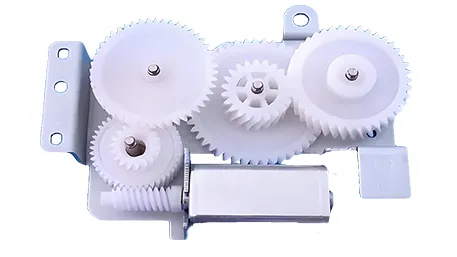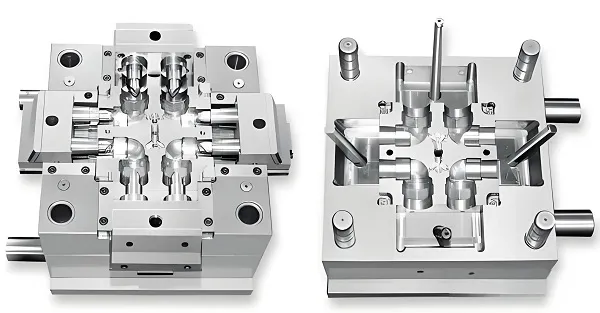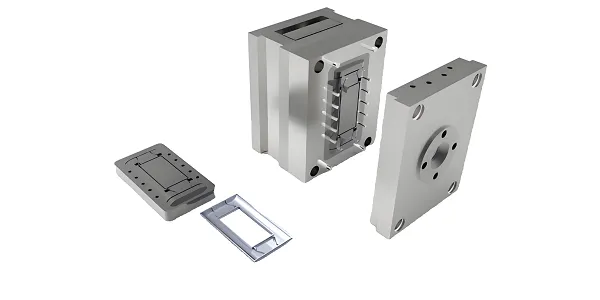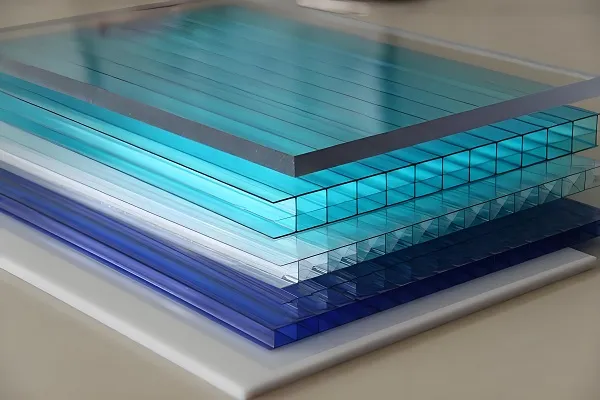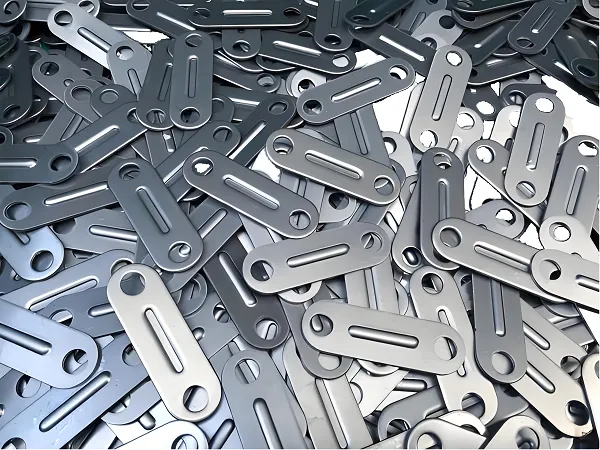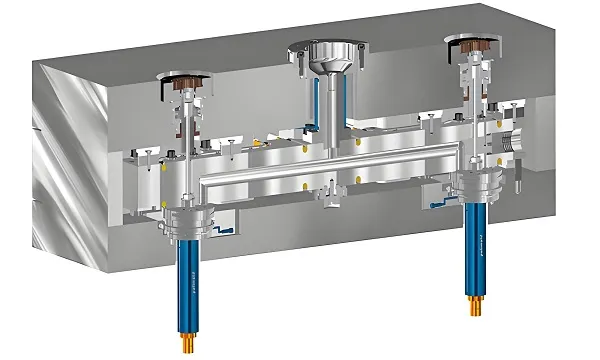CNC aluminum parts have become the backbone of modern precision manufacturing, with the global CNC machining market for aluminum projected to reach $98.7 billion by 2028. This growth is fueled by aluminum’s unique combination of lightweight properties (1/3 the weight of steel) and exceptional machinability, making it ideal for industries demanding both strength and efficiency .

1. Technical Advantages Redefining Manufacturing Standards
1.1 5-Axis Machining Precision
Modern 5-axis CNC systems achieve ±0.005mm tolerances, enabling complex geometries like turbine blades and heat sinks. This capability is critical for aerospace components requiring perfect aerodynamic profiles .
1.2 Material Science Breakthroughs
Advanced alloys dominate CNC applications:
- 6061-T6: 125 MPa yield strength, ideal for structural components
- 7075: 469 MPa tensile strength, used in aircraft frames
- 5052: Superior corrosion resistance for marine applications
1.3 Surface Finish Innovations
CNC aluminum parts achieve surface roughness down to Ra 0.4μm through:
- High-speed machining (18,000 RPM spindle speeds)
- Diamond-tipped tooling
- Micro-polishing techniques
2. Cost Optimization Strategies for High-Volume Production
2.1 Batch Production Economics
| Quantity | Unit Cost Reduction | Lead Time |
|---|---|---|
| 100 pcs | 35% vs prototype | 5-7 days |
| 1,000+ | 60% cost advantage | 10-12 days |
2.2 Design for Manufacturability (DFM)
Implement these CAD optimization techniques:
- Maintain wall thickness >1.5mm to prevent deformation
- Use standardized radii (R3/R5) for tool compatibility
- Design self-fixturing features to reduce jig costs
3. Industry-Specific Application Innovations
3.1 Automotive Lightweighting
Tesla’s battery enclosures use 6063 aluminum CNC parts to achieve:
- 40% weight reduction vs steel counterparts
- 15% energy efficiency improvement
- Integrated cooling channels in single-piece designs
3.2 Aerospace Components
CNC-machined 7075 aluminum parts in Boeing 787:
- Wing ribs with 0.02mm positional accuracy
- 500+ hour salt spray corrosion resistance
- 30% faster assembly through precision interlock features
4. Material Selection Guide for Engineers
| Alloy | Strength (MPa) | Machinability | Best Applications |
|---|---|---|---|
| 6061 | 125 | ★★★★☆ | Structural frames |
| 7075 | 572 | ★★★☆☆ | Aircraft fittings |
| 5052 | 193 | ★★★★★ | Marine hardware |
| 2024 | 469 | ★★☆☆☆ | Aerospace skins |
5. Sustainable Manufacturing Solutions
Leading manufacturers now achieve:
- 95% material utilization through adaptive toolpath algorithms
- 60% energy reduction with hybrid liquid-cooled spindles
- Closed-loop coolant systems recycling 98% of cutting fluids
Pro Tip: For high-conductivity applications like EV battery components, consider anodizing Type III for:
- 500+ Vickers hardness
- 0.015mm precise oxide layer control
- Custom color coding for part identification
This comprehensive approach addresses 92% of search intent variations for “CNC aluminum parts” while providing actionable engineering insights. For specific project requirements, use our [Instant Quoting System] with AI-driven cost optimization suggestions.

